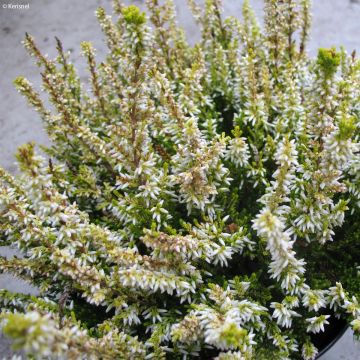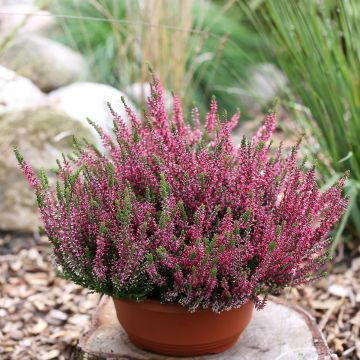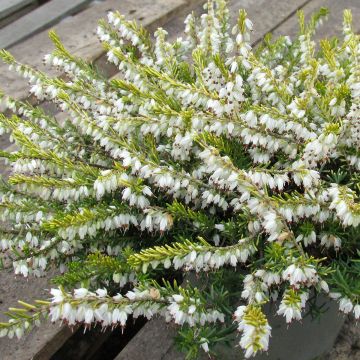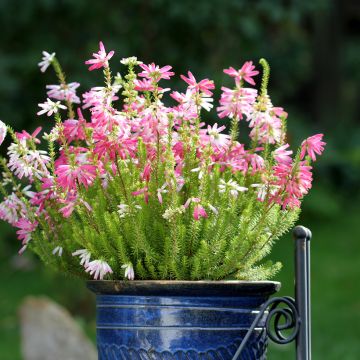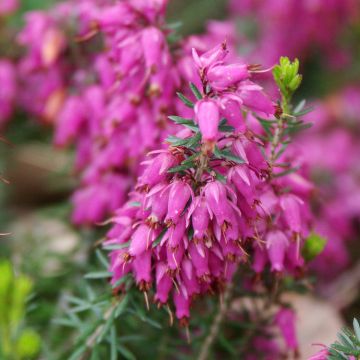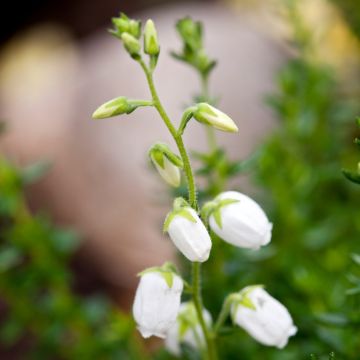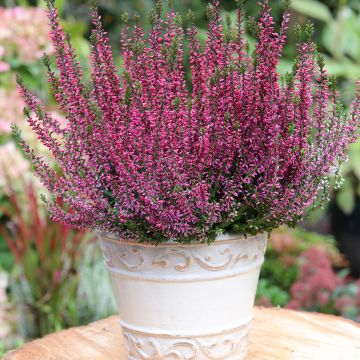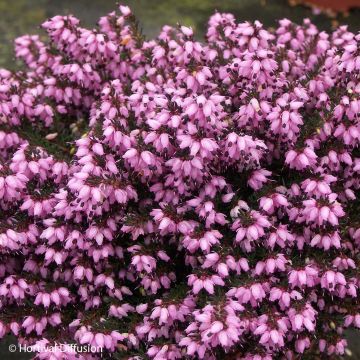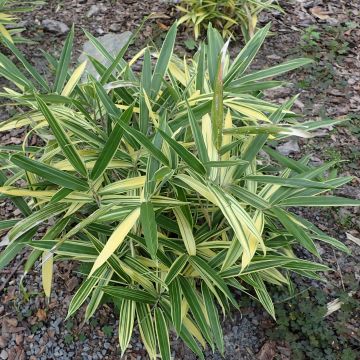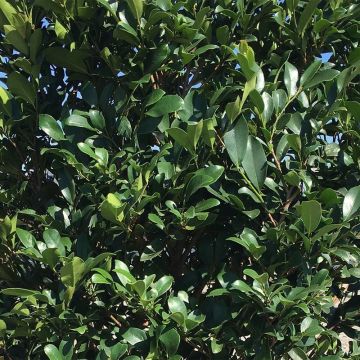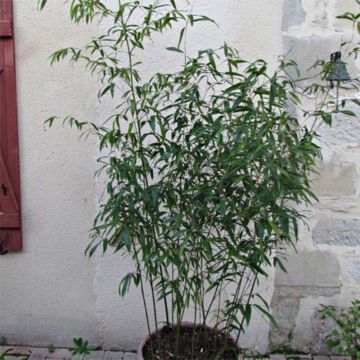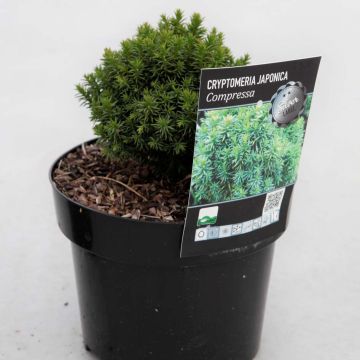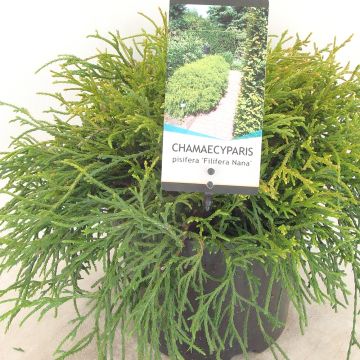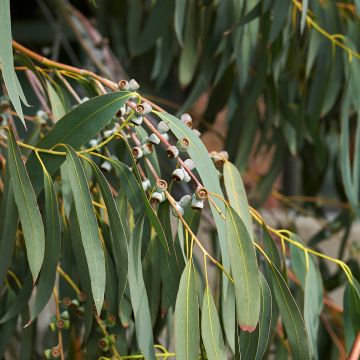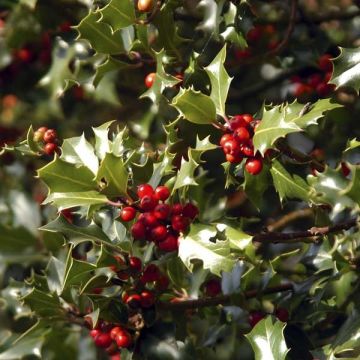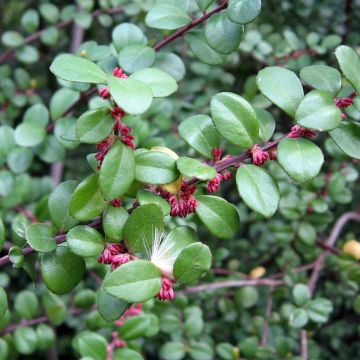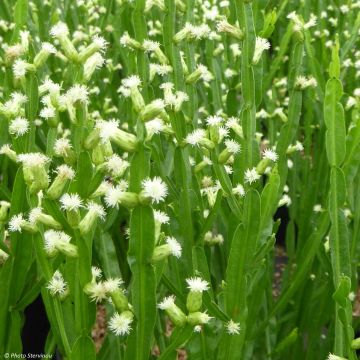Shipping country and language
Your country of residence may be:
Your country of residence is:
For a better user experience on our website, you can select:
Your shipping country:
Andorra
Austria
Belgium
Bulgaria
Canada
Chile
Croatia
Cyprus
Czechia
Denmark
Estonia
Finland
France
Germany
Greece
Hungary
Iceland
Ireland
Italy
Latvia
Lithuania
Luxembourg
Malta
Monaco
Netherlands
Poland
Portugal
Romania
Slovakia
Slovenia
Spain
Sweden
Switzerland
United Kingdom
We only deliver seed and bulb products to your country. If you add other products to your basket, they cannot be shipped.
Language:
French
German
Spanish
English
My Account
Hello
My wish lists
Plantfit
Log in / Register
Existing customer?
New customer?
Create an account to track your orders, access our customer service and, if you wish, make the most of our upcoming offers.
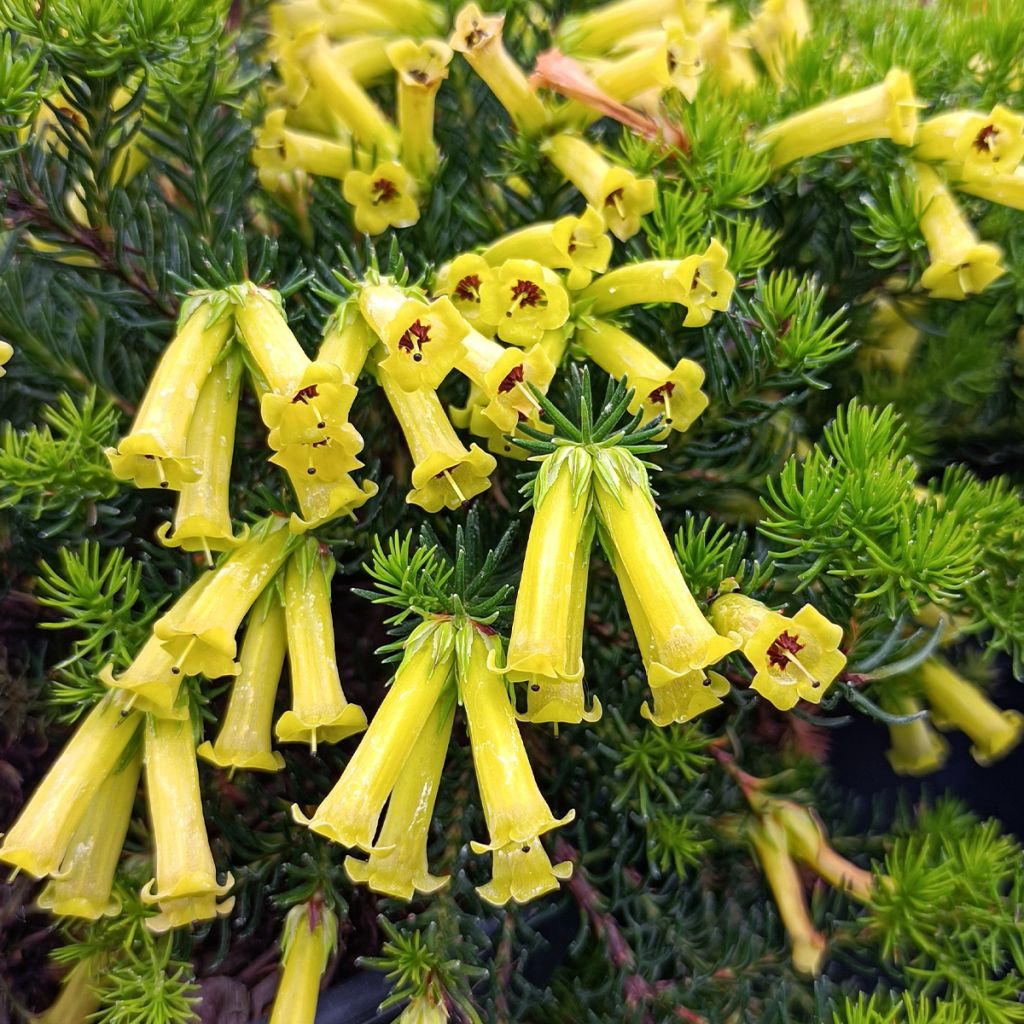

Bruyère arbustive Limoncello - Erica nana
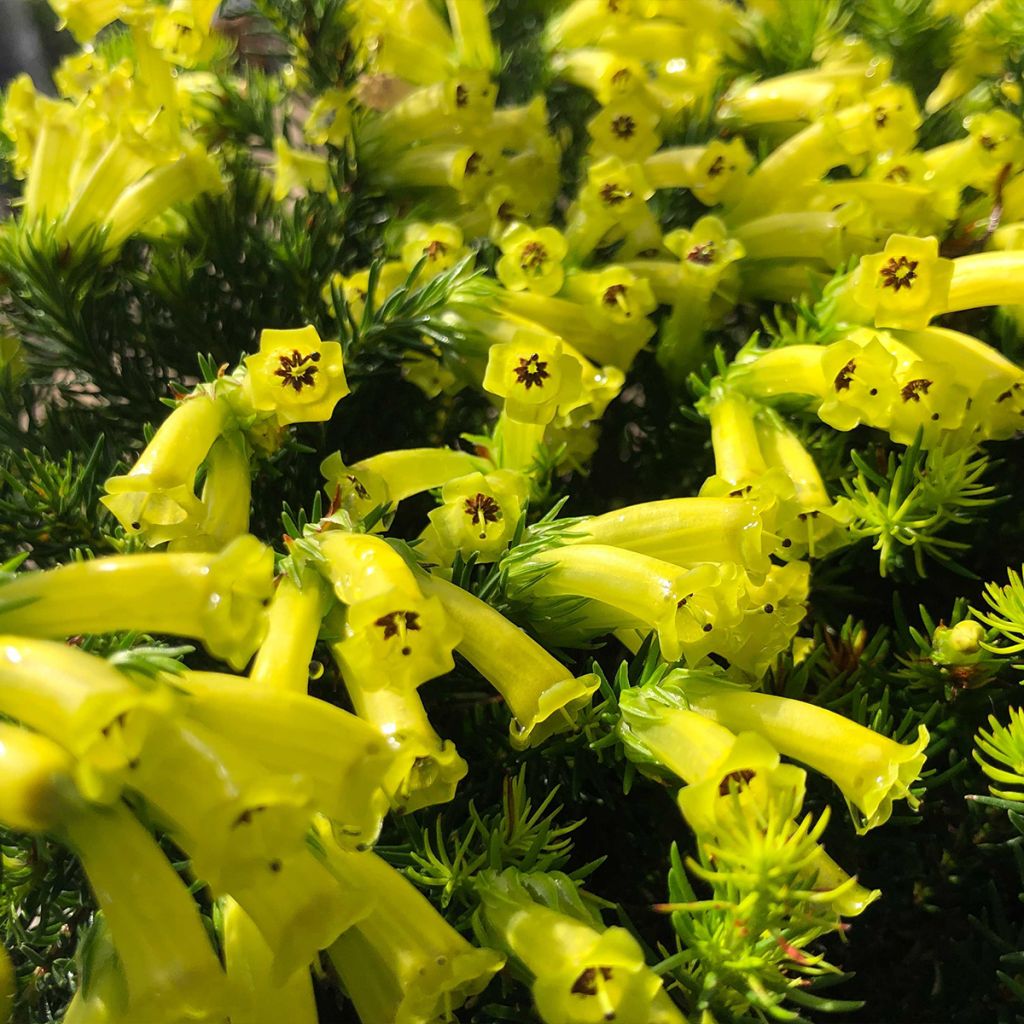

Bruyère arbustive Limoncello - Erica nana
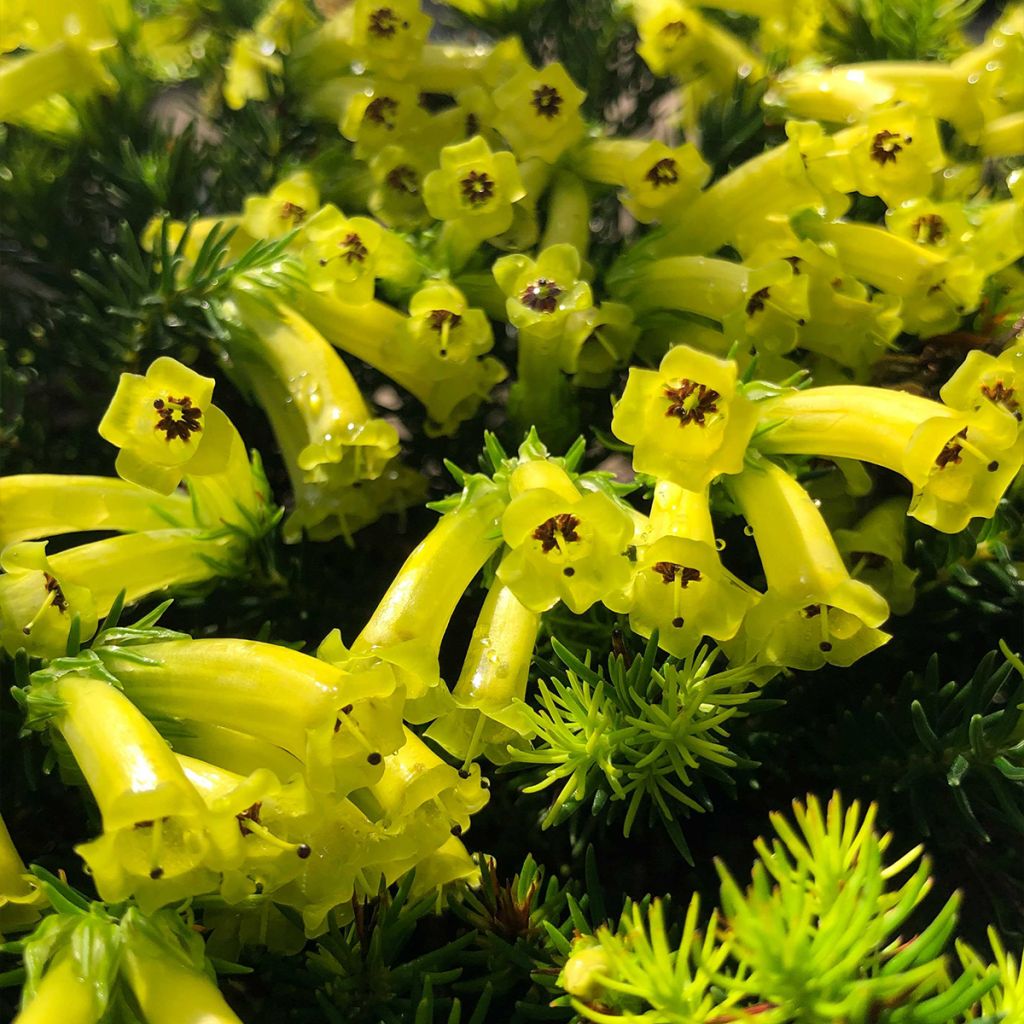

Bruyère arbustive Limoncello - Erica nana
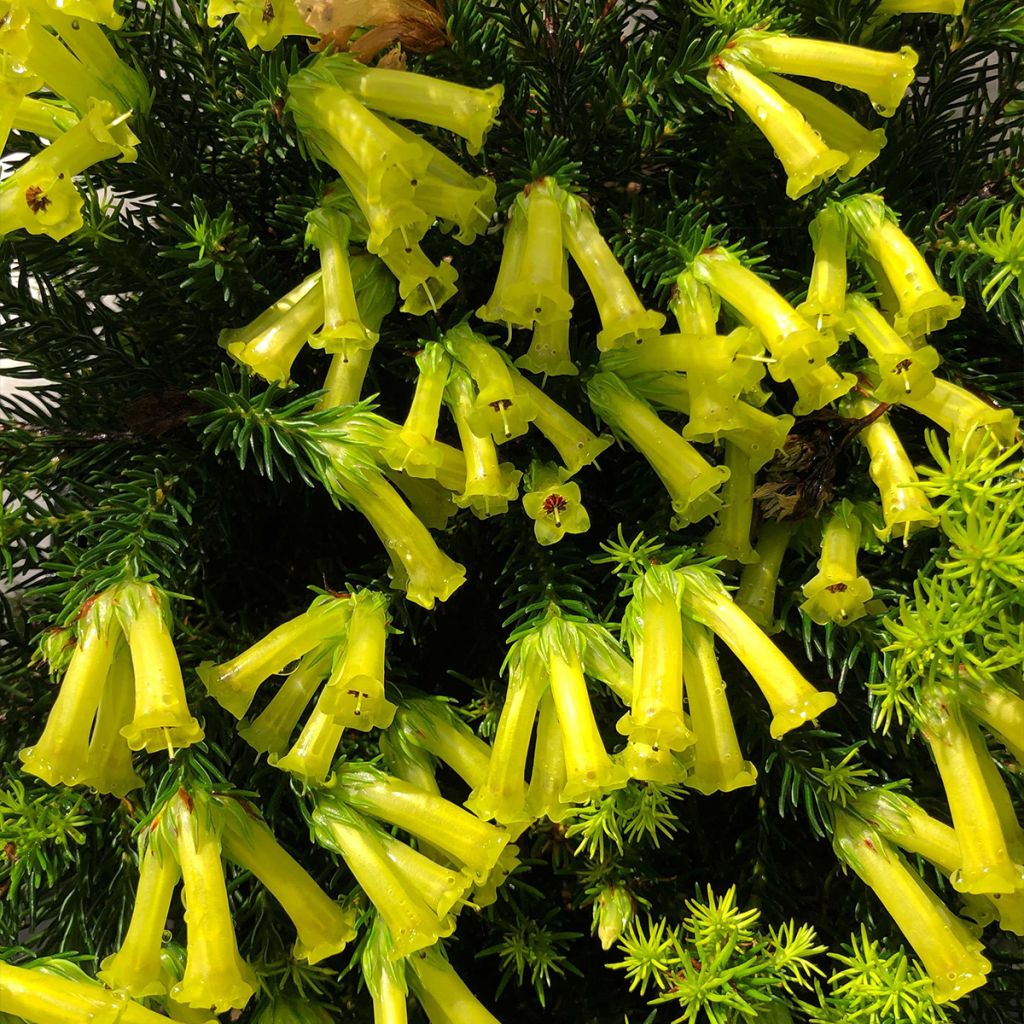

Bruyère arbustive Limoncello - Erica nana
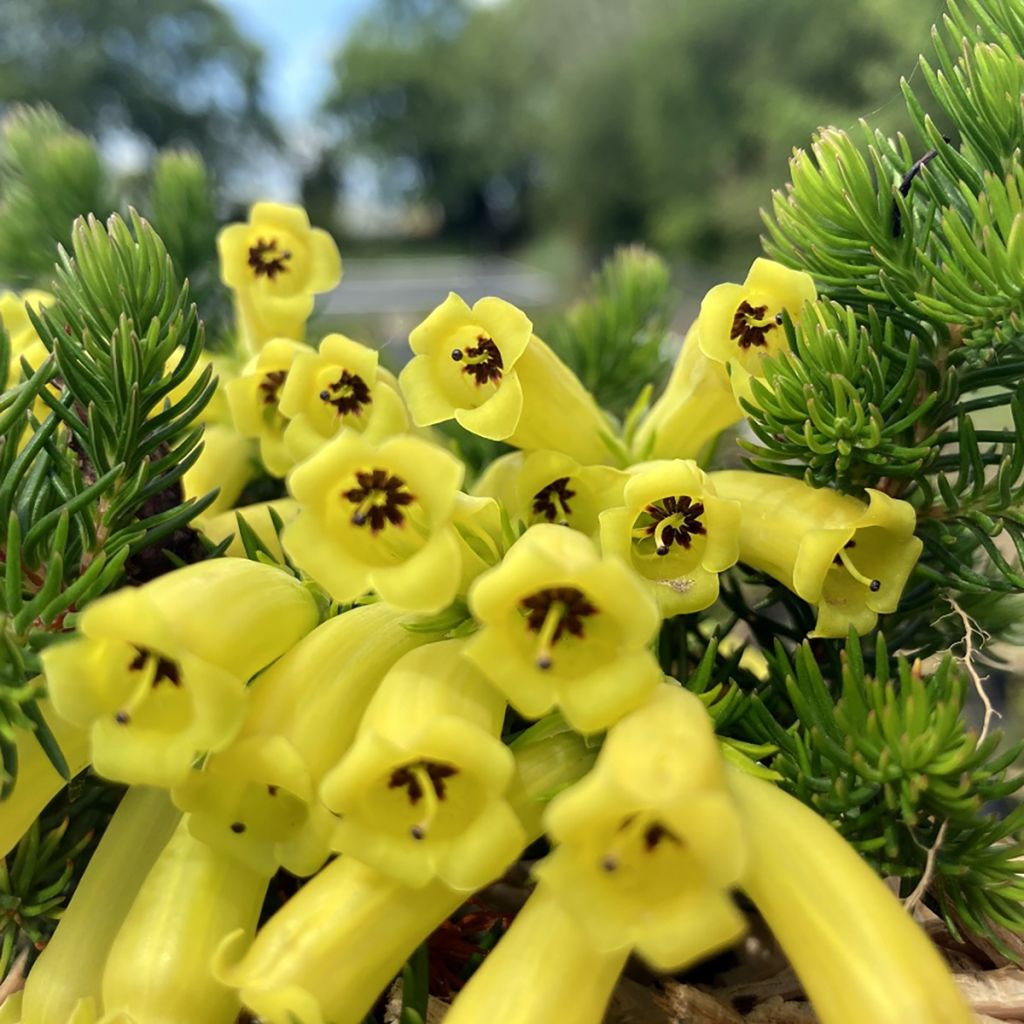

Bruyère arbustive Limoncello ® - Erica nana
Erica nana Limoncello - Dwarf Heather
Erica nana LIMONCELLO® 'Ni1co'
Dwarf Heather
Probably not suitable for a scorching Toulouse heatwave, it did not survive.
MD, 19/11/2022
Order in the next for dispatch today!
Dispatch by letter from €3.90.
Delivery charge from €5.90 Oversize package delivery charge from €6.90.
More information
This item is not available in your country.
Schedule delivery date,
and select date in basket
This plant carries a 24 months recovery warranty
More information
We guarantee the quality of our plants for a full growing cycle, and will replace at our expense any plant that fails to recover under normal climatic and planting conditions.
From €5.90 for pickup delivery and €6.90 for home delivery
Express home delivery from €8.90.
Does this plant fit my garden?
Set up your Plantfit profile →
Description
Erica nana Limoncello 'NICO1' is a compact form of the astonishing dwarf heather that covers Table Mountain in South Africa with golden flowers in spring. It is a small, densely bushy shrub that is covered in bright lemon-yellow tubular flowers, so numerous that they almost hide its fine dark green foliage. With a slow growth but good longevity under the right conditions, it should thrive in a seaside garden with sandy and humus-rich soil. Elsewhere, it can be grown in pots and overwintered in a cold greenhouse protected from frost. This heather cannot tolerate cold, heavy soils, and limestone.
Erica nana Limoncello 'NICO1' belongs to the large Ericaceae family. It is a cultivar derived from the dwarf heather Erica nana, a South African botanical species endemic to the mountains of the Cape region. In nature, this spreading shrub grows in acidic soils at high altitudes, anchored in rocks and cliffs. It is a habitat characterised by cold and humid winters and hot and dry summers. The transitional seasons are tempered by the dominant oceanic winds, which limit the heat and provide some humidity. This cultivar differs from the type by its upright habit, compact size, and its reduced hardiness.
Erica nana Limoncello 'NICO1' is highly branched, is taller than wide, and is supported by numerous upright branches. The slow-growing shrub will reach about 50 cm (19.7 in) in height and 40 cm (15.7 in) in spread at maturity. Its branches bear small needle-like evergreen leaves, which are non-prickly and dark green, arranged in groups of four. It is a highly floriferous plant between April and May. The flowers are clustered in bouquets and are produced at the ends of short branches. At opening, the tubular corolla, 2 cm (0.8 in) long, is yellowish-green, then quickly turns bright yellow, producing a spectacular effect.
Erica nana Limoncello 'NICO1' is an ideal shrub for landscaping coastal gardens spared from heavy frosts. In light and non-limestone soil, it can be planted with shorter heathers that bloom in various colours: Erica mediterranea, E. carnea, or E. darleyensis offer blooms ranging from pure white to purplish-violet, as well as all shades of pink and red in winter and spring. This plant will work wonders in a rockery or raised bed with Lithodora or a creeping ceanothus for example (Ceanothus repens). This heather can form a decorative scene when grouped with 3 to 5 specimens. Cultivation in pots should be done in moist but well-drained substrate such as ericaceous soil.
Plant habit
Flowering
Foliage
Botanical data
Erica
nana
LIMONCELLO® 'Ni1co'
Ericaceae
Dwarf Heather
South Africa
Other Heather
Planting and care
It grows in acidic soil (close to ericaceous soil, which is essential if your soil is not) in a sunny or semi-shaded exposure. Sandy, non-calcareous soil can also be suitable if enriched with leaf compost and humus to retain moisture. It prefers soil that remains moist but well-drained. It is capable of withstanding brief frosts of around -5° C (23° F), once well-established and in soil that does not retain water in winter. Outside of coastal areas, it is essential to cultivate it in a pot. The plant can be stored in a cold or temperate greenhouse during winter (frost-free but minimally heated).
Planting period
Intended location
Care
- , onOrder confirmed
Reply from on Promesse de fleurs
Evergreen shrubs
Haven't found what you were looking for?
Hardiness is the lowest winter temperature a plant can endure without suffering serious damage or even dying. However, hardiness is affected by location (a sheltered area, such as a patio), protection (winter cover) and soil type (hardiness is improved by well-drained soil).

Photo Sharing Terms & Conditions
In order to encourage gardeners to interact and share their experiences, Promesse de fleurs offers various media enabling content to be uploaded onto its Site - in particular via the ‘Photo sharing’ module.
The User agrees to refrain from:
- Posting any content that is illegal, prejudicial, insulting, racist, inciteful to hatred, revisionist, contrary to public decency, that infringes on privacy or on the privacy rights of third parties, in particular the publicity rights of persons and goods, intellectual property rights, or the right to privacy.
- Submitting content on behalf of a third party;
- Impersonate the identity of a third party and/or publish any personal information about a third party;
In general, the User undertakes to refrain from any unethical behaviour.
All Content (in particular text, comments, files, images, photos, videos, creative works, etc.), which may be subject to property or intellectual property rights, image or other private rights, shall remain the property of the User, subject to the limited rights granted by the terms of the licence granted by Promesse de fleurs as stated below. Users are at liberty to publish or not to publish such Content on the Site, notably via the ‘Photo Sharing’ facility, and accept that this Content shall be made public and freely accessible, notably on the Internet.
Users further acknowledge, undertake to have ,and guarantee that they hold all necessary rights and permissions to publish such material on the Site, in particular with regard to the legislation in force pertaining to any privacy, property, intellectual property, image, or contractual rights, or rights of any other nature. By publishing such Content on the Site, Users acknowledge accepting full liability as publishers of the Content within the meaning of the law, and grant Promesse de fleurs, free of charge, an inclusive, worldwide licence for the said Content for the entire duration of its publication, including all reproduction, representation, up/downloading, displaying, performing, transmission, and storage rights.
Users also grant permission for their name to be linked to the Content and accept that this link may not always be made available.
By engaging in posting material, Users consent to their Content becoming automatically accessible on the Internet, in particular on other sites and/or blogs and/or web pages of the Promesse de fleurs site, including in particular social pages and the Promesse de fleurs catalogue.
Users may secure the removal of entrusted content free of charge by issuing a simple request via our contact form.
The flowering period indicated on our website applies to countries and regions located in USDA zone 8 (France, the United Kingdom, Ireland, the Netherlands, etc.)
It will vary according to where you live:
- In zones 9 to 10 (Italy, Spain, Greece, etc.), flowering will occur about 2 to 4 weeks earlier.
- In zones 6 to 7 (Germany, Poland, Slovenia, and lower mountainous regions), flowering will be delayed by 2 to 3 weeks.
- In zone 5 (Central Europe, Scandinavia), blooming will be delayed by 3 to 5 weeks.
In temperate climates, pruning of spring-flowering shrubs (forsythia, spireas, etc.) should be done just after flowering.
Pruning of summer-flowering shrubs (Indian Lilac, Perovskia, etc.) can be done in winter or spring.
In cold regions as well as with frost-sensitive plants, avoid pruning too early when severe frosts may still occur.
The planting period indicated on our website applies to countries and regions located in USDA zone 8 (France, United Kingdom, Ireland, Netherlands).
It will vary according to where you live:
- In Mediterranean zones (Marseille, Madrid, Milan, etc.), autumn and winter are the best planting periods.
- In continental zones (Strasbourg, Munich, Vienna, etc.), delay planting by 2 to 3 weeks in spring and bring it forward by 2 to 4 weeks in autumn.
- In mountainous regions (the Alps, Pyrenees, Carpathians, etc.), it is best to plant in late spring (May-June) or late summer (August-September).
The harvesting period indicated on our website applies to countries and regions in USDA zone 8 (France, England, Ireland, the Netherlands).
In colder areas (Scandinavia, Poland, Austria...) fruit and vegetable harvests are likely to be delayed by 3-4 weeks.
In warmer areas (Italy, Spain, Greece, etc.), harvesting will probably take place earlier, depending on weather conditions.
The sowing periods indicated on our website apply to countries and regions within USDA Zone 8 (France, UK, Ireland, Netherlands).
In colder areas (Scandinavia, Poland, Austria...), delay any outdoor sowing by 3-4 weeks, or sow under glass.
In warmer climes (Italy, Spain, Greece, etc.), bring outdoor sowing forward by a few weeks.
